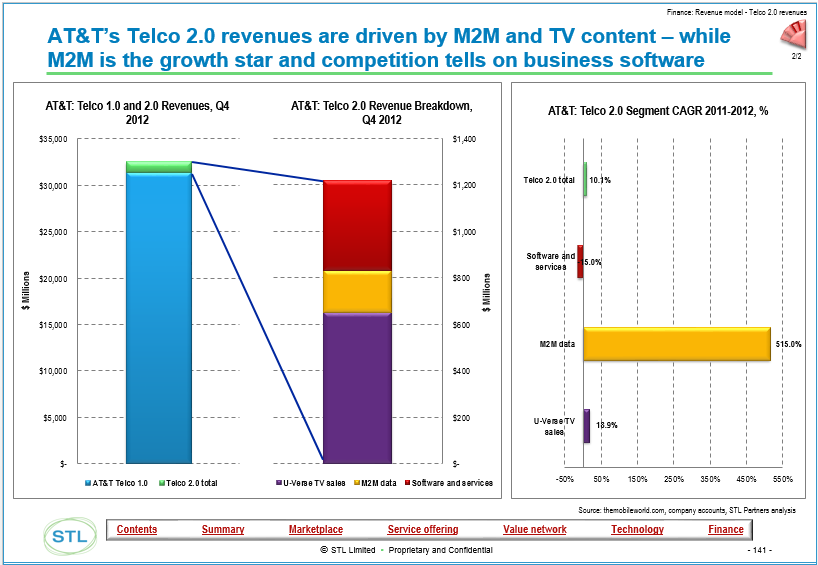
Lessons from AT&T’s bruising entertainment experience
Why did AT&T buy, and then sell, DirecTV and Time Warner after only six years? This report looks at AT&T’s decisions, actions and their consequences, and the lessons for others attempting adjacent market moves and M&A.

